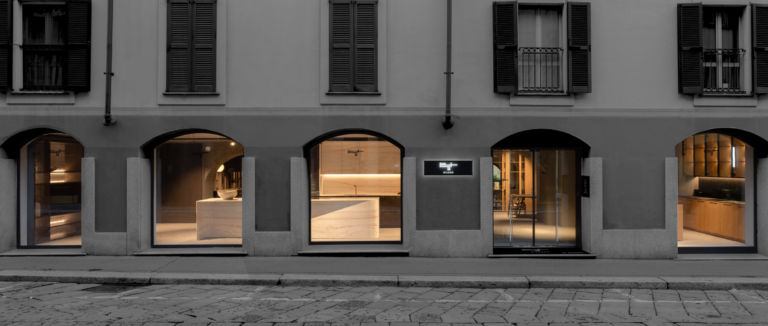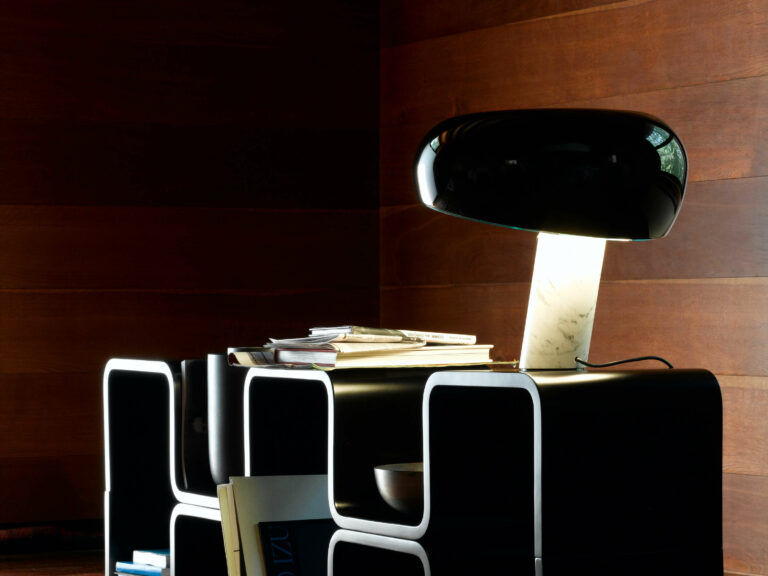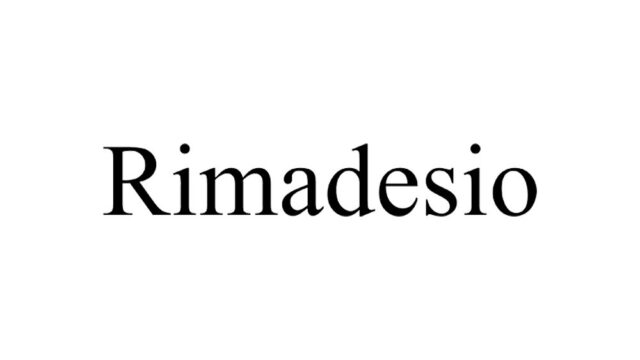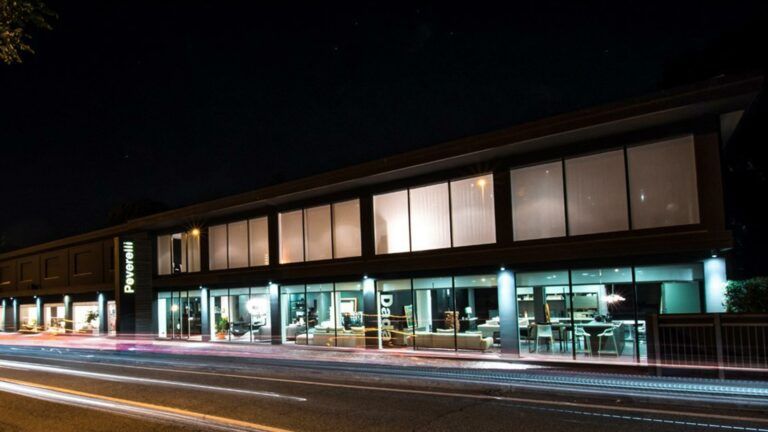

Multifunctional furniture
The art of dual functionality
We live in an era where, for many, space in the home is a luxury. Modern homes tend to be smaller, challenging our ability to maximise every square inch. However, thanks to the magic of design, we can create functional, comfortable and sophisticated environments while saving space. Here's how
Multifunctional furniture: the art of dual function
Multifunctional furniture is a revolution in the world of interior design. Designers have taken advantage of the need to save space to create furniture pieces that are not only aesthetically pleasing, but also offer more than one function. A typical example is the sofa bed, which provides a place to rest during the day and converts into a comfortable bed for the night. But the innovation does not stop there: there are coffee tables that extend to become dining tables, armchairs that conceal storage compartments and desks that fold down to become bookshelves. These pieces of furniture can transform space and are a real lifesaver for people living in small flats.
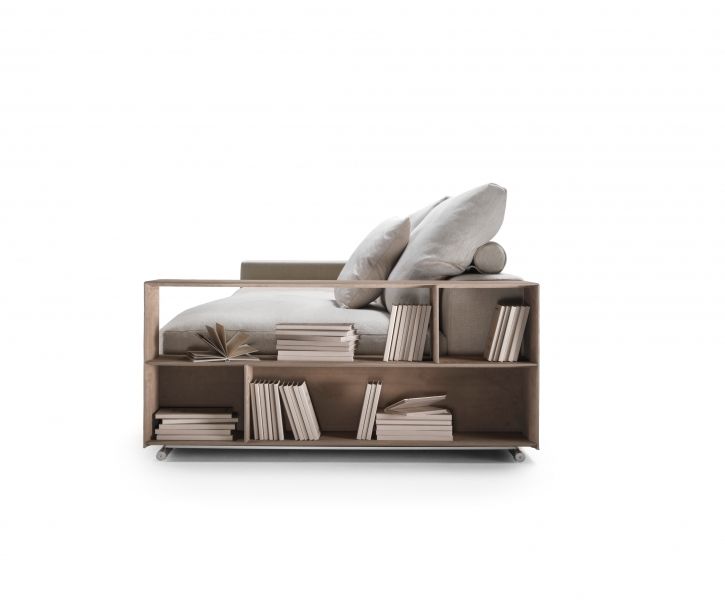
Embedded technology: combining the beautiful with the useful
Technological innovation has had a huge impact on interior design. Modern appliances are much smaller and more energy efficient than their predecessors, which means they can be incorporated in new and creative ways. An example of this is the trend of televisions incorporated into mirrors, allowing for a multifunctional space without compromising on style. Similarly, there are also desks with built-in USB ports, lamps with wireless chargers and beds with built-in reading lights. These technological solutions perfectly integrate functionality and design, saving space without sacrificing comfort.
Verticality: looking up
When space at ground level is limited, one solution can be to utilise height. Bookcases, shelves and cupboards that reach up to the ceiling can provide a great deal of storage space without taking up a lot of floor space. The use of loft beds can also free up valuable floor space, allowing you to create a study or relaxation area under the bed. These vertical designs not only save space, but also add a visually interesting element to the room.

Minimalist design: the beauty of simplicity
Minimalism is a design style that favours simplicity and functionality. It involves choosing furniture with clean, simple lines, using a neutral colour palette and keeping decorative objects to a minimum. This style can help make a space seem larger than it really is, creating an atmosphere of tranquillity and order. A minimalist environment also encourages tidiness, helping to prevent the accumulation of superfluous objects that can take up valuable space.
Less is more: the decluttering strategy
Saving space does not necessarily mean filling every available corner with furniture or objects. On the contrary, an overcrowded room can seem smaller and more chaotic. This is where the concept of 'less is more' comes into play. Carefully selecting the objects you own and storing only what is really needed can help create a more spacious and orderly environment. This does not mean that you have to live in a bare space, but that every piece of furniture and every decorative object should have a place and a purpose.
Intelligent lighting: the importance of light
Well-designed lighting can work wonders for a small space. Besides playing a practical role, lighting can influence the perception of space. The use of soft lighting can create the illusion of a larger space, while directional lights can highlight specific focal points or functional areas. In addition, lighting can also be incorporated into furniture or shelves to save space.
Customised solutions: maximising the use of space
If your budget allows, custom-made solutions can be an effective way to save space. Bespoke wardrobes, for example, can be designed to fit perfectly into your space, taking advantage of every available inch. Bespoke solutions can also be designed to hide unwanted functions or objects, such as a bed that folds into the wall during the day or a dining table that retracts into the kitchen.
Mood, ideas, news
Did it inspire you? Read also
